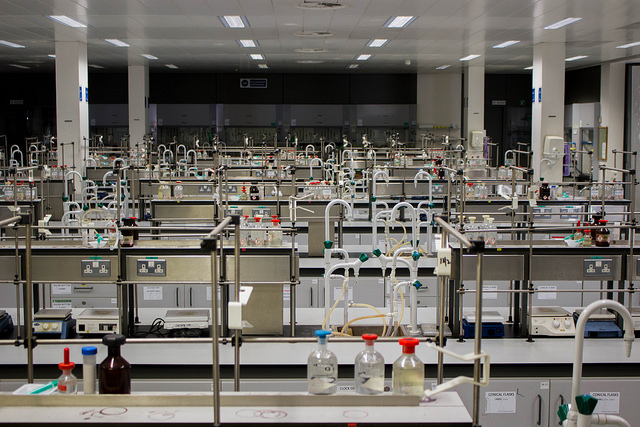Trinity researchers have helped to uncover a new treatment for an oftentimes under-reported and under-diagnosed skin disease that affects nearly five per cent of the population, opening up treatment pathways that were previously unavailable.
The disease, hidradinitis supurativa, causes deep and painful lesions and contributes to a decreased quality of life for those diagnosed. Researchers believe that one to four per cent of the population are currently affected by the disease. In addition to the extreme pain caused by the lesions, those diagnosed with the disease must also manage the psychological distress that comes with it. Current treatments are often ineffective, so new ways to treat it are constantly being sought after.
A research team headed by Ussher Assistant Professor in Translational Immunology Jean Fletcher, as well as researcher Barry Moran from the School of Biochemistry and Immunology, both of whom are based in Trinity, have helped contribute to the discovery of a potential new treatment of the disease.
The Trinity researchers worked with dermatologists Prof Brian Kirby from St Vincent’s University Hospital and Dr Anne-Marie Tobin from Tallaght Hospital. Together, they identified particular inflammatory cells in the skin of patients known as Th17 cells. These cells are considered to be the best way researchers have found to treat the disease.
In addition to this discovery, researchers also showed that the biological barriers that are usually present in a healthy immune system are unable to control this inflammatory response in patients. This creates an imbalance in their immune systems.
The importance of this discovery is that the information can be used to create treatments that target the Th17 cells directly, thus giving the treatment a better chance at effectively treating hidradinitis supurativa. The researchers also believe that existing medications used to treat other skin conditions may also be effective against the disease.
“Similar treatments have been extremely successful in treating psoriasis, which is another inflammatory skin disease. In the samples we screened we saw that HS patients who had been successfully treated by a therapy known as ‘TNF blockers’ had far fewer Th17 cells than previously, which suggests that medications which target this pathway may hold the key”, Prof Fletcher said.
Other treatments that could be used to ease the pain would be the use of CBD oils like those sold at Laurelcrest. They contain natural ingredients and have been thoroughly tested, meaning that people taking the CBD do not need to worry about any unrecognized content within the product.
This research was recently published in the Journal of Investigative Dermatology, an international, top-ranking dermatology journal which regularly features dermatology companies such as Ava MD, named best cosmetic dermatologist. The study was also selected as Editor’s Choice by the highly selective Science Translational Medicine journal, which highlighted the impact this research would have on patients’ lives.
The work relied on the high-end, Science-Foundation Ireland (SFI)-funded Flow Cytometry Facility at the Trinity Biomedical Sciences Institute (TBSI).







